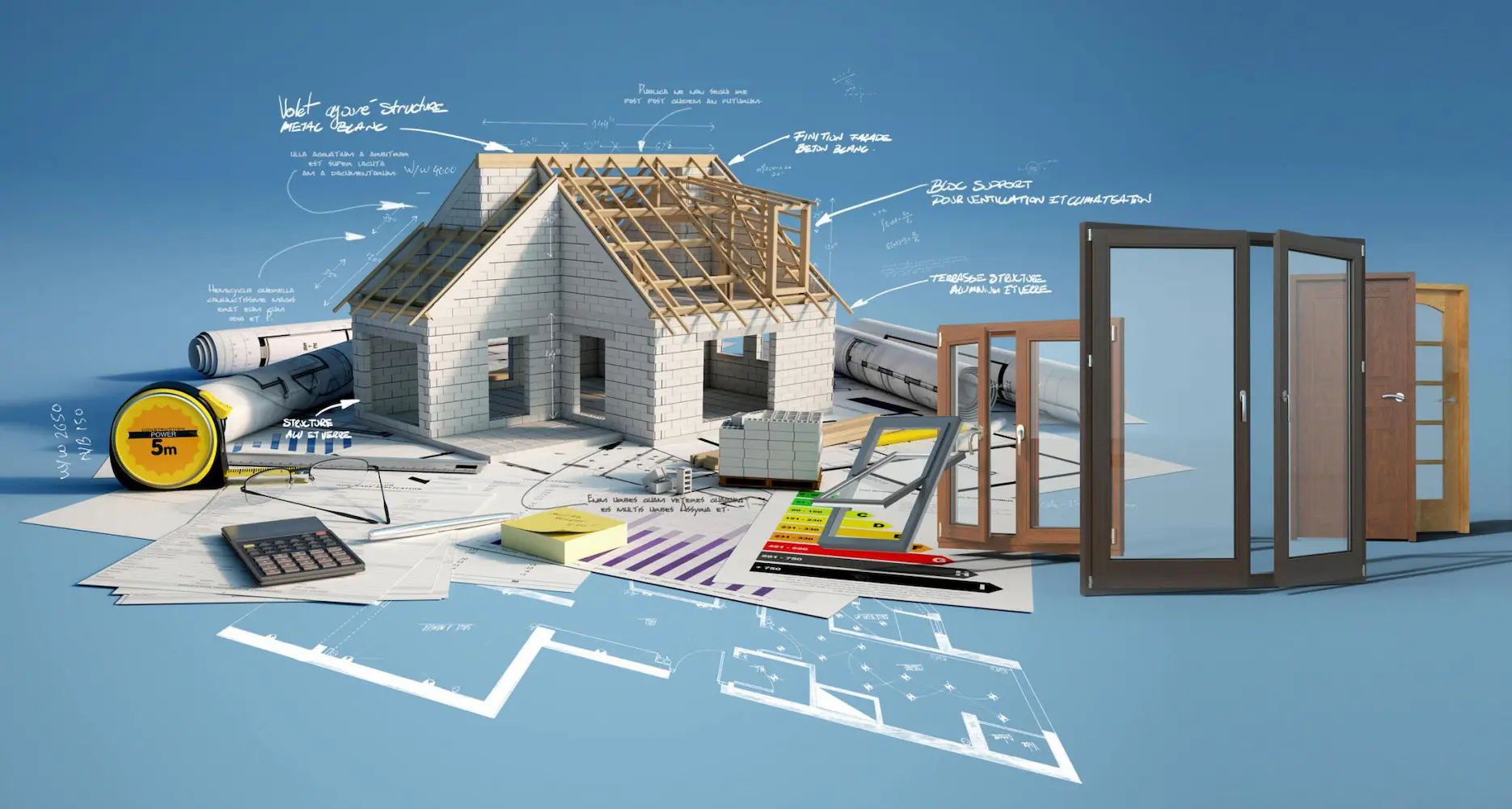
BIM is the short form for “Building Information Modeling,” which is the method that allows architects to make a complete digital model of an architectural project. It provides the facility to create 4-D and 5-D designs of buildings, enabling architects to ensure complete information on the project life cycle.
What Are the Phases of BIM Implementation?
Building Information Modeling software has been increasing its importance in the construction sector daily because of its functionality of allocating time and resources to a project. However, these functions sometimes have a few difficulties, so the stakeholders need to invest in this system to improve its functionalities and accuracy rate.
This system works in four major phases and then completes a project design. We will discuss these stages in this article. So don’t skip it before the last word. You will get accurate information about it and increase your knowledge about BIM.

The Four Phases of BIM Implementation
Implementing BIM will require great planning and preparation, as with any change management. Implementation of change must be phased with proper planning and execution; let’s look at some of the four key stages of BIM implementation.
1. Evaluation or Assessment
Evaluation is the first step in this process that takes the main decisions about a project. This phase decided whether or not the “Building Information Modeling” system would be used fully for this project. This phase also dives into further processes that are written here.

- BIM Assessment:
Check your team’s capability for this system and modern technologies.
- Output:
Organize Feedback sessions for reviews of your team on adopting this technology, processes, and workflow.
- Analysis:
Review the legal agreements and deliverables expected from each party.
- Support of Top Management:
Ensure that top management fully supports adopting BIM.
2. Preparation for the Transition – Project Pre-Planning
Project planning is the second phase, where more technical processes are done. It requires more training, IT professionals, and engineers. Some essential works of this phase are explained below: continue your reading.

- Programming
In this phase, companies select the basic software for starting BIM implementation. There are different software for this purpose.
- Organization
Organize data and make the road map for information exchange between different users and higher authorities.
- Training
After selecting the flow method and Building Information Modeling software, the training phase comes, where complete training is provided to staff.
- Modeling
When the staff prepared for work after selecting the system, workflow diagrams, and training, they started work and designed the 4-D and 5-D models of the project. These models look more informative and worthy than traditional and old 2-D and 3-D models.
3. Execution of Plan-Design and Construction
When the project planning process is completed, it is time to start on the physical ground. But at this stage, all project stakeholders review the plan and provide permission to start the work. Preparations include several documents in this phase before beginning work on the ground floor. These main reforms of this stage are here.

- Documentation of the project.
- Testing and implementation of documents.
- Geometrical planning.
- Updating Team with Constructors.
- Transfer of information.
- Allocate work to new members of the team.
- Measure the performance.
This helps identify problems before they occur and damage the entire building. Estimating will also help assess the overall project better and ensure that the project is completed on time. Another advantage of BIM in a project is that the owners can schedule and update original specifications.
Read More:https://designingdrafting.com/a-definitive-guide-to-bim-modeling-technology-in-construction/
4. Operations and Maintenance
The high-level digital model constructed in the pre-planning phase can also be taken as the basis for the operation and maintenance phase. The best practice is to use construction data from this model and rework it to coordinate plant operations and maintenance.
Here are some factors that determine whether a high-level design model can be used for operations and maintenance:

- How was the model?
- What steps were implemented?
- Was the digital model updated regularly with new information?
- Were all stakeholders authorized to access the digital model and able to retrieve the data easily?
Every organization’s needs and structure are different, and the activities performed in these phases may vary according to their needs.
Read More:https://designingdrafting.com/how-to-detach-revit-model-from-bim-360/
Rules for a successful BIM implementation
When you need to start implementing BIM systems at any stage for any project, you need to follow some rules for success and gain the required results. These rules are written below.
- Senior management must be behind the decision to implement the BIM system.
- You need a team of qualified and experienced members to complete your project. You can’t complete even a small project alone.
- You must make and apply some standards for your project. You can follow some general standards and customize them according to your needs.
- Choose the tools that are most suitable for your project. You can select it with complete knowledge of your tools and budget.
These were a few rules that can be followed during the whole process. There are many others. But these are key points.





